In the world of digital transformation, websites have become more than just a presence—they’re now a core part of how businesses operate, sell, and grow. Behind every successful website launch is a Website Development Project Manager orchestrating the moving parts, ensuring timelines are met, deliverables stay on track, and the end product meets (or exceeds) expectations.
At Volts Consulting, we’ve led dozens of web projects across industries—from small businesses like CEO Mobile Detailing to enterprise-level brands like Yamaha Music School. What we’ve learned is that being a website development project manager isn’t just about managing timelines—it’s about understanding people, process, technology, and business goals all at once.
In this article, we’ll break down everything you need to know about mastering this role, whether you’re managing internal projects or working with agencies and freelance teams.

What Is a Website Development Project Manager?
A Website Development Project Manager is responsible for planning, executing, and delivering web development projects. This includes overseeing designers, developers, content teams, QA testers, and sometimes clients—ensuring that all components align with the project scope, timeline, and budget.
Unlike a general project manager, a website development PM needs strong knowledge of web technologies (like WordPress, HTML/CSS, JS frameworks), UX/UI principles, and digital marketing tactics like SEO and conversion optimization.
At Volts Consulting, our PMs are hybrids—part strategist, part problem-solver, part creative partner. For example, on the Yamaha project, we coordinated between global teams in Japan and Malaysia, aligning different language needs, backend systems, and branding expectations—all while building a high-converting landing page from scratch.
Why Website Project Management Is So Crucial
Without clear project management, even the best ideas fall apart. Here’s why project management matters:
- Missed Deadlines: Without someone tracking dependencies and timelines, delays compound.
- Scope Creep: If the project isn’t tightly managed, “just one more thing” can derail budgets fast.
- Low Quality: Rushed or unmanaged projects often result in poor UX, bugs, and poor conversions.
- Poor Communication: Misalignment between stakeholders can tank a project entirely.
In short, project managers are the connective tissue that keeps the project together.
The 8 Critical Skills Every Website Development Project Manager Must Master
1. Technical Literacy
While you don’t need to code, you must understand the tech stack. This includes:
- CMS systems (WordPress, Webflow, Shopify)
- Page builders (like Elementor, which we use extensively)
- Hosting, DNS, CDN setups
- Responsive design frameworks
- SEO basics (sitemaps, meta tags, indexing)
Pro Tip from Volts Consulting:
Our PMs undergo training in Elementor and ACF Pro because most of our web projects are built using this stack. This allows us to quickly audit builds, suggest improvements, and keep pace with our developers.
2. UX and UI Understanding
You need to know what makes a website usable, beautiful, and high-converting.
- Can you guide a wireframe review?
- Can you suggest how to structure the content to improve readability and flow?
- Do you know what makes a button CTA effective?
We often walk clients through UX-first wireframing before design begins. This ensures everything is conversion-led, not just pretty. For Yamaha, this helped us increase clarity for parents looking to enroll their children.
3. Client Communication
Your job is to keep clients engaged but not overwhelmed. That means:
- Running kickoff and review calls
- Breaking down complex dev updates into plain language
- Managing feedback loops (without letting scope creep in)
- Providing project status updates
Our Framework:
We use ClickUp or Notion to manage timelines, and Google Meet + WhatsApp for real-time touchpoints. Clients always know what’s happening, and that transparency builds trust.
4. Timeline & Milestone Management
Know how to break a website into phases:
- Discovery & Research
- Wireframing & Copywriting
- UI/UX Design
- Development
- QA & Testing
- Deployment
- Post-launch support
Each stage has its own tasks, reviews, dependencies, and timelines. As a PM, you need to estimate accurately and monitor constantly.
At Volts Consulting, our Yamaha timeline was structured across 4 phases in 4 weeks, with built-in review buffers and clear feedback deadlines.
5. Scope & Budget Control
You’re the line of defense against “just one more thing.”
That’s why:
- Every project starts with a clear scope
- Change requests are handled formally
- We create fixed-scope packages and project-based pricing
Our Standard Landing Page Package for Yamaha was scoped tightly to include wireframes, design, dev, and 2 revisions. Anything beyond that was discussed as an add-on—which helped us avoid delays.
6. QA and Deployment Planning
Before a site goes live, you’re in charge of testing:
- Browser/device compatibility
- Speed checks (using tools like GTMetrix)
- Mobile responsiveness
- Broken links and forms
- SEO meta data and 404 redirects
Then, deployment involves DNS updates, hosting transfer, SSL setup, and post-launch monitoring. If you skip this, your launch could be a disaster.
7. Collaboration and Leadership
This role requires empathy and clarity. You’re working with:
- Designers who want creative freedom
- Developers who want clean specs
- Clients who want results but don’t know how websites work
You need to lead, motivate, resolve conflicts, and create clarity—constantly.
8. Reporting & Optimization
Once the site is live, your job isn’t over. You must help the client:
- Monitor performance
- Review analytics (via GA4 or Hotjar)
- Recommend improvements
For example, after launch, we helped Logan’s Pressure Washing improve conversion by 30% by reordering homepage sections based on heatmap data.
Tools Every Website Project Manager Should Use
- ClickUp/Asana/Notion: For task & project tracking
- Figma: For design collaboration
- Elementor Pro + ACF: For development on WordPress
- Loom: For async updates and feedback
- Slack or WhatsApp: For fast team/client communication
- Google Drive: For document sharing
- Rank Math/Yoast SEO: For on-page SEO optimization
Red Flags to Watch For in Website Projects
- Vague or no content provided
- Too many decision-makers
- No clear brand or messaging
- No dedicated feedback cycle
- Client doesn’t understand hosting or domains
If you see these red flags, tackle them early.
Volts Consulting’s Experience in Web Project Management
Over the years, Volts Consulting has delivered:
- Custom websites for local businesses
- Landing pages for global brands
- CRM integrations & SEO workflows
What makes us different?
We act as an extension of our client’s teams. We don’t just “build websites,” we build tools for growth—and our project management approach is what makes it all click.
If you’re looking for help managing your next web project or want a done-for-you solution, contact us here. We’re happy to help!
Conclusion: Be the Bridge
Being a website development project manager means you’re the bridge between vision and execution.
It’s not about pushing tickets—it’s about understanding people, business goals, user behavior, and digital technology. It’s about balancing design, development, and delivery with precision.
If you’re ready to master this role, learn the skills, use the tools, and adopt a mindset of leadership and curiosity. That’s how we do it at Volts Consulting—and that’s how you’ll win too.





